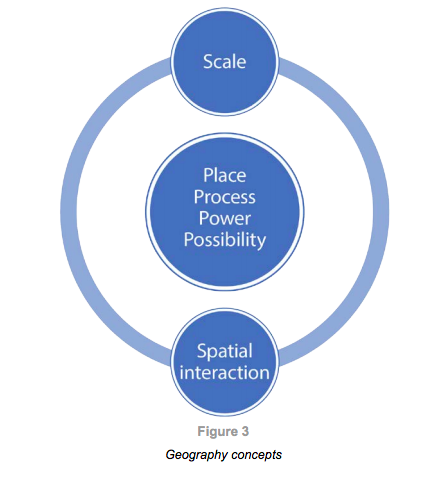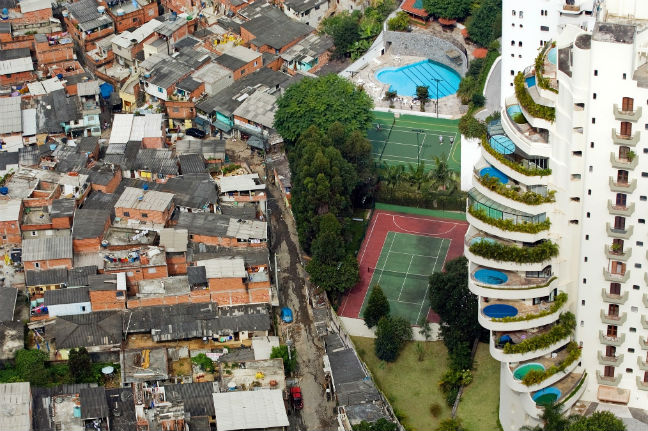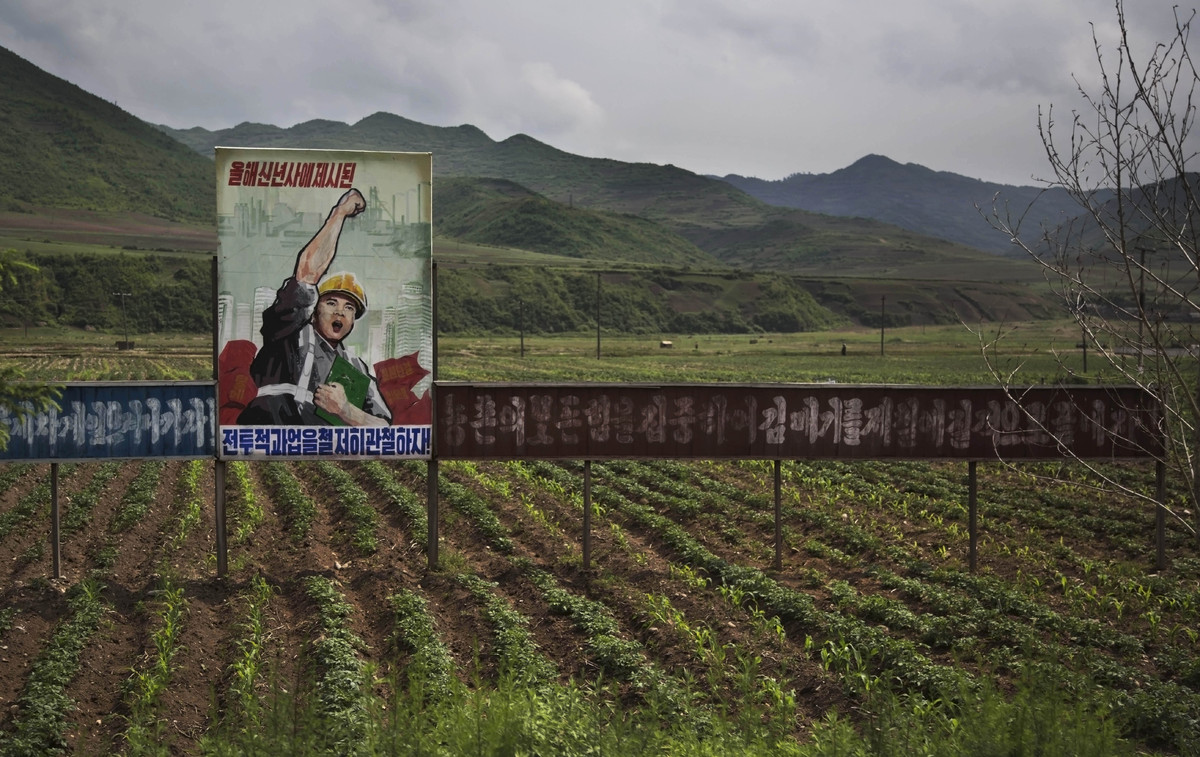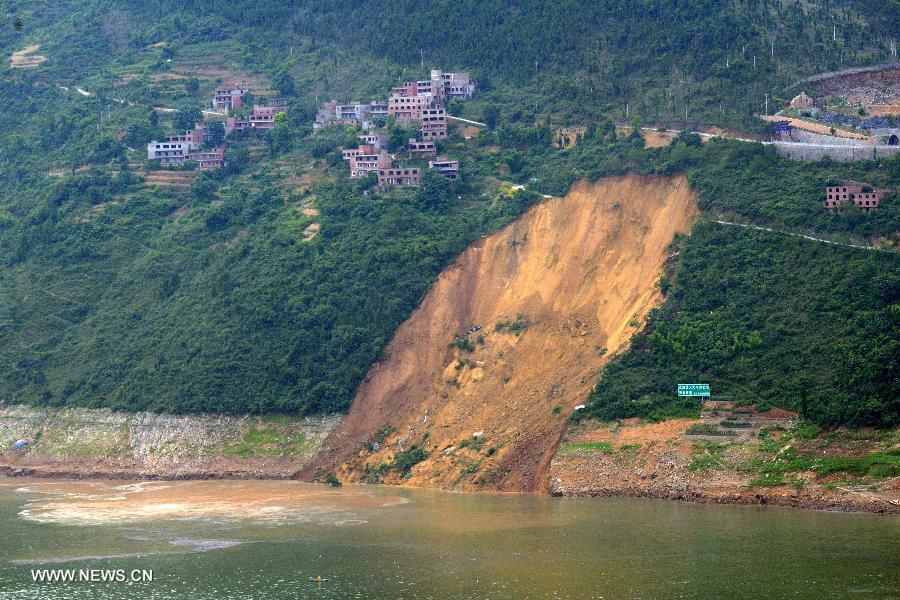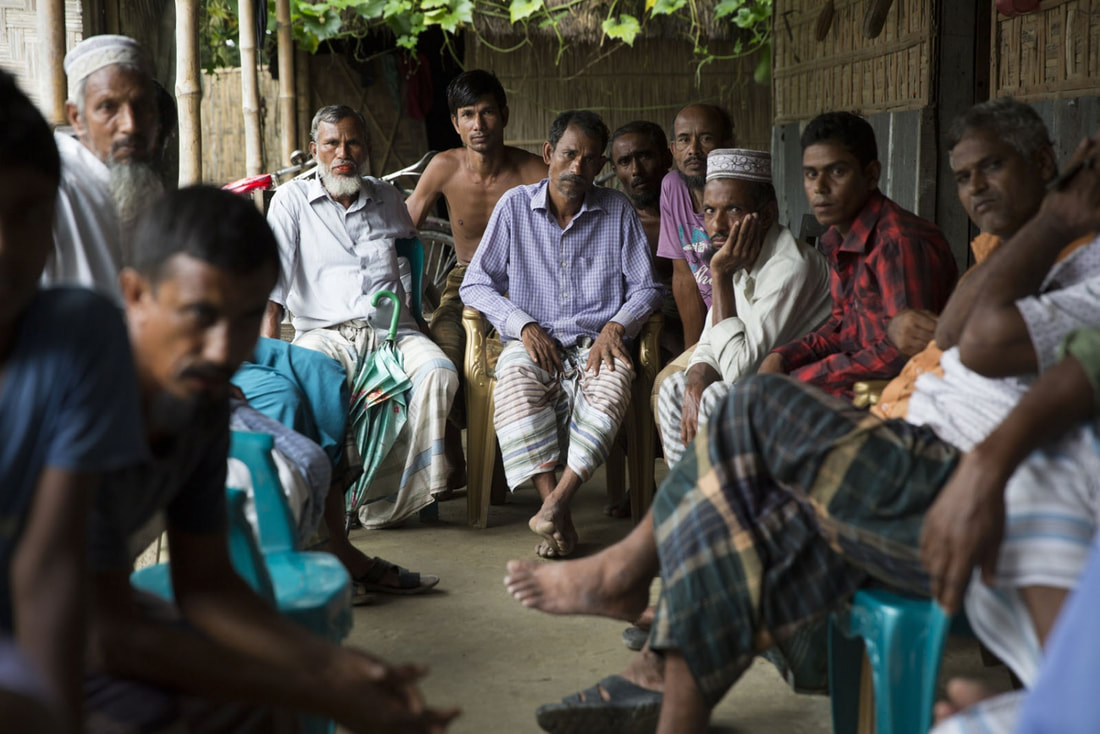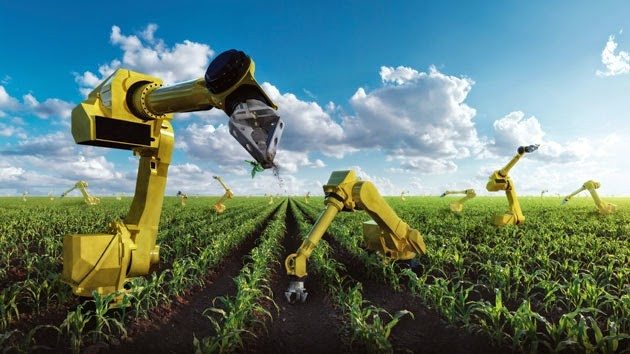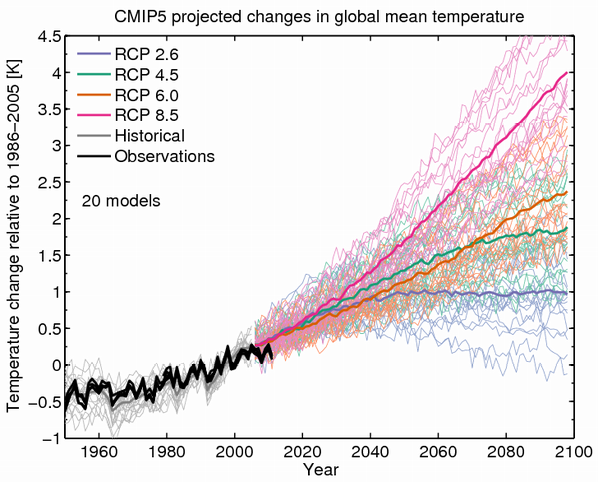-
MYP
- Home
-
IGCSE
- Course information
-
Physical: Hazardous environments
>
- Distribution of tectonic hazards
- Causes of tsunami
- Measuring earthquakes
- Earthquake case study 1: Haiti
- Earthquake case study 2: Christchurch
- Why do earthquakes do more damage in LICs than in HICs?
- How are volcanic eruptions measured?
- Tropical storms - distribution
- Causes of tropical cyclones
- Tropical cyclones - case study
- Why live in hazardous areas?
-
River Environments
>
- Hydrological cycle
- River basins
- Factors affecting river regimes
- Fluvial processes: erosion
- Fluvial processes: weathering and mass movement
- Fluvial processes: transportation and depositon
- River features and their formation
- How rivers change from source to mouth
- Uses of water
- Water pollution
- Water supply
-
IBDP
-
Changing population
>
- Global patterns of economic development
- Physical and human factors affecting global population distribution
- Case study 1: China
- Case study 2: Niger
- Demographic transition
- Megacity growth
- Forced migration and internal displacement
- Ageing populations
- Pro-natalist and anti-natalist policies
- Gender equality policies
- Trafficking policies
- The Demographic Dividend
-
Global climate vulnerability and resilience
>
- Atmospheric system
- The energy balance
- Changes in the energy balance
- The enhanced greenhouse effect
- Climate Change and the Hydrosphere, Atmosphere and Biosphere
- Impacts of climate change on people and places
- Disparities in exposure to climate change risk and vulnerability
- Government-led adaptation and mitigation strategies
- Civil society and corporate strategies
-
Global resource consumption and security
>
- Progress towards poverty reduction
- Measuring trends in global consumption
- Global patterns and trends in the availability and consumption of water
- Global patterns and trends in the availability and consumption of land/food
- Global patterns and trends in the availability and consumption of energy
- Water food and energy nexus
- Recycling and waste
- Malthus vs Boserup
- Resource Stewardship strategies
- Sustainable Development Goals
-
Freshwater - drainage basins
>
- The drainage basin as a system
- How rivers change from source to mouth
- River discharge
- River processes
- River landforms
- Factors affecting flood risk
- Attempts at flood prediction
- Flood mitigation
- Flood mitigation case studies
- Water scarcity
- Agricultural activities and water quality
- Pressures on lakes and aquifers
- Internationally shared water and conflict
- Water management: participation of local communities
- Dams as multi-purpose schemes
- Water management: Integrated Drainage Basin Management (IDBM)
- Managing wetlands
-
Leisure, Sport and Tourism
>
- Growth and purpose of leisure time
- Categories of tourism and sport
- Economic development and participation
- Factors affecting personal participation
- Factors affecting growth of tourism hotspots
- Spheres of influencee
- Factors affecting a national sports league
- Festivals
- Niche national tourism strategies
- Role of TNCs
- Tourism as a national development strategy
- International sporting events
- Consequences of unsustainable growth
- Sustainable tourism
- Future international tourism
- Political and cultural influences on sport
- Extended Essay in Geography >
- Skills/concepts >
-
Changing population
>
- Geography and ToK
- Theory of Knowledge
What are the 4 Ps? (Subject Guide)
The “Geography concepts” model shows the six main concepts of the course, with the four key concepts of place, process, power, and possibility at the centre and the organizing concepts of scale and spatial interactions connecting them.
Place
Places can be identified at a variety of scales, from local territories or locations to the national or state level. Places can be compared according to their cultural or physical diversity, or disparities in wealth or resource endowment. The characteristics of a place may be real or perceived, and spatial interactions between places can be considered.
Places can be identified at a variety of scales, from local territories or locations to the national or state level. Places can be compared according to their cultural or physical diversity, or disparities in wealth or resource endowment. The characteristics of a place may be real or perceived, and spatial interactions between places can be considered.
Processes
Processes are human or physical mechanisms of change, such as migration or weathering. They operate on varying timescales. Linear systems, circular systems, and complex systems are all outcomes of the way in which processes operate and interact.
Processes are human or physical mechanisms of change, such as migration or weathering. They operate on varying timescales. Linear systems, circular systems, and complex systems are all outcomes of the way in which processes operate and interact.
Power
Power is the ability to influence and affect change or equilibrium at different scales. Power is vested in citizens, governments, institutions and other players, and in physical processes in the natural world. Equity and security, both environmental and economic, can be gained or lost as a result of the interaction of powerful forces.
Power is the ability to influence and affect change or equilibrium at different scales. Power is vested in citizens, governments, institutions and other players, and in physical processes in the natural world. Equity and security, both environmental and economic, can be gained or lost as a result of the interaction of powerful forces.
Possibilities
Possibilities are the alternative events, futures and outcomes that geographers can model, project or predict with varying degrees of certainty. Key contemporary questions include the degree to which human and environmental systems are sustainable and resilient, and can adapt or change.
Possibilities are the alternative events, futures and outcomes that geographers can model, project or predict with varying degrees of certainty. Key contemporary questions include the degree to which human and environmental systems are sustainable and resilient, and can adapt or change.
